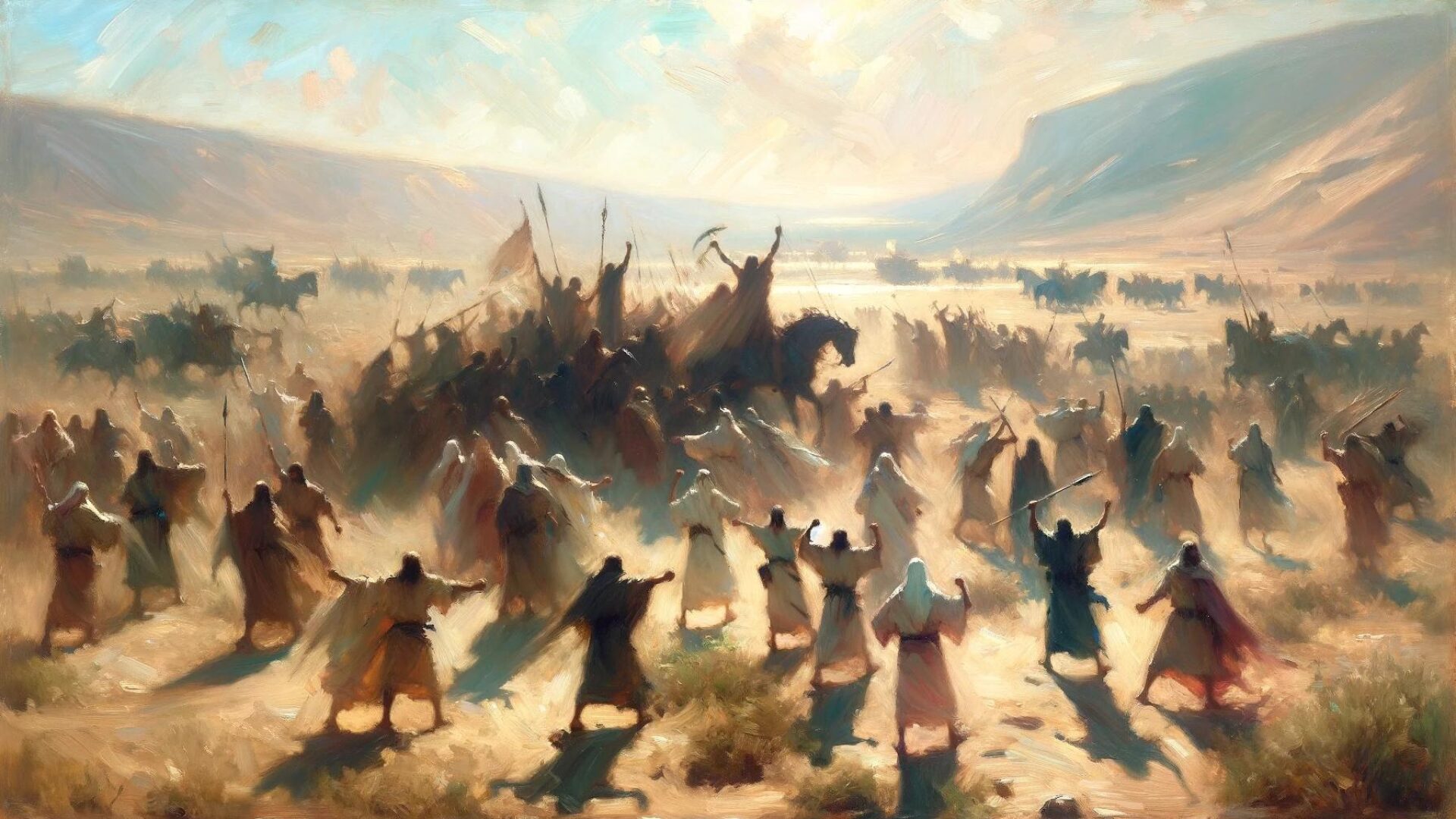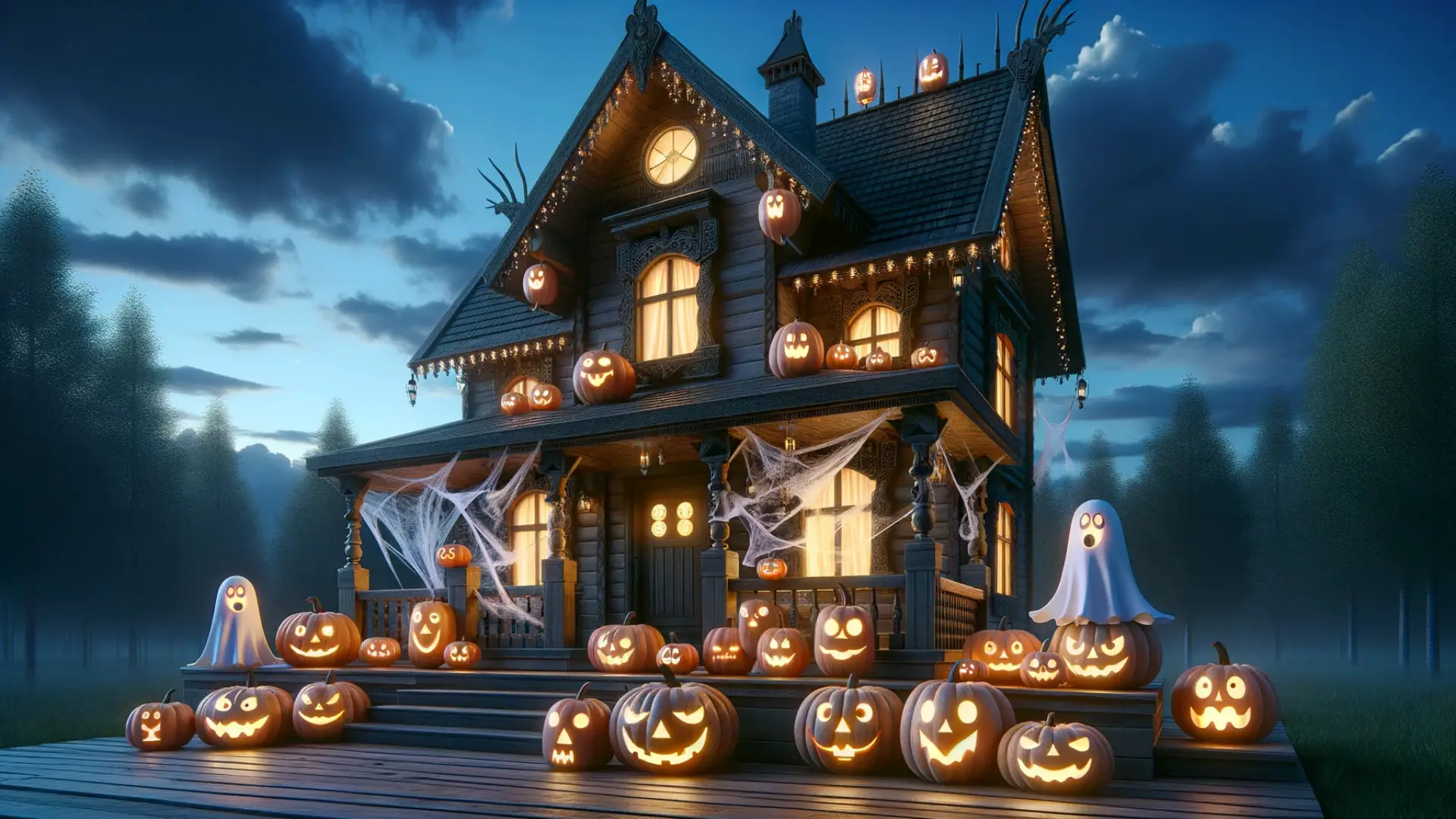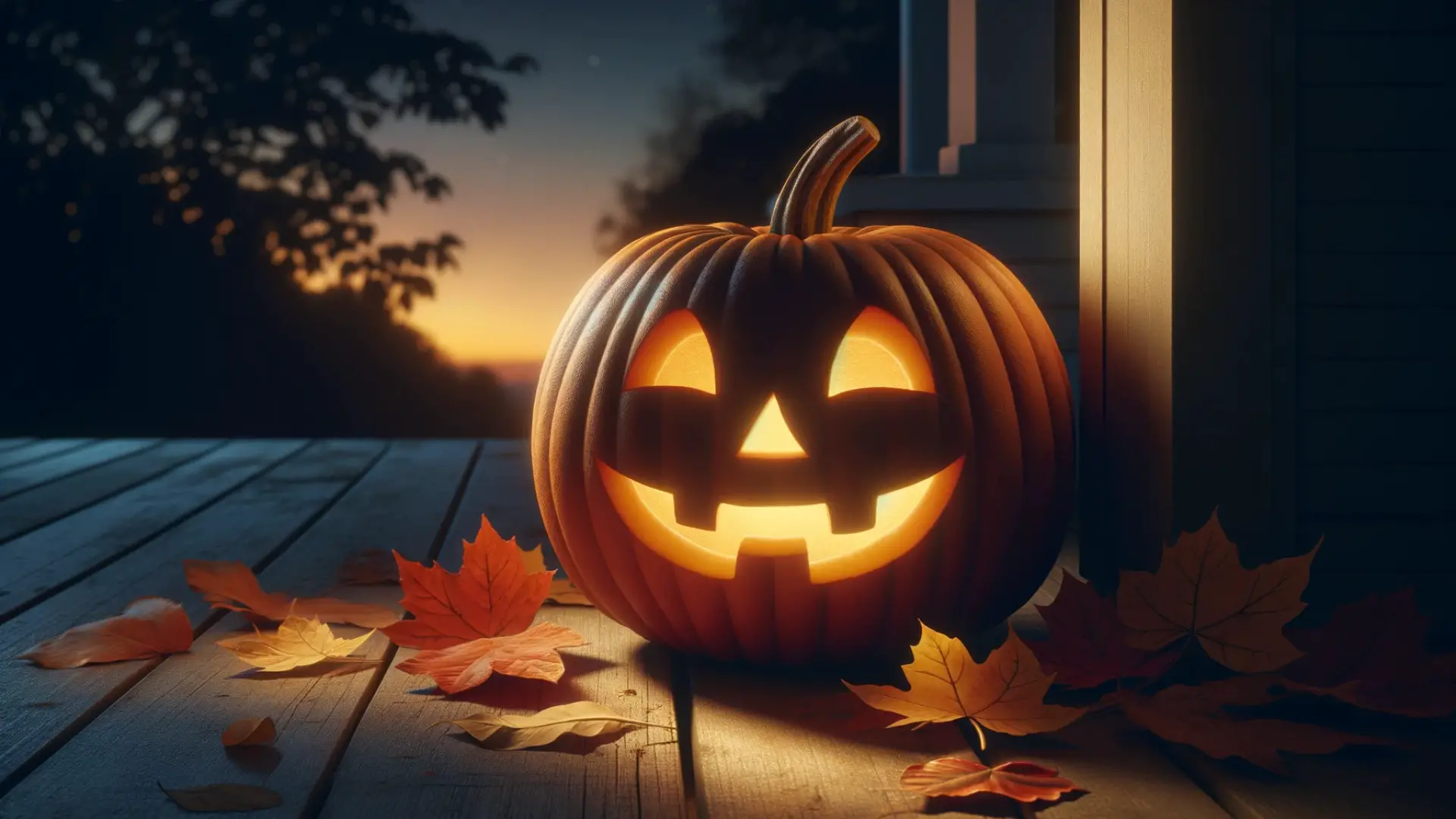The Easter Bunny is a beloved and popular figure that is associated with the Easter holiday. While its exact origins may be unclear, the Easter Bunny has become a fixture in modern Easter traditions and is recognized as a symbol of the holiday celebration. In this article, we will explore the history and evolution of the Easter Bunny, its significance in modern times, and some fun facts and stories associated with this iconic figure.
The Origins of the Easter Bunny
The story of the Easter Bunny has roots that extend far beyond modern times. In fact, the origins of the Easter Bunny can be traced back to ancient pagan rituals and German folklore.
The Easter Bunny in Pagan Traditions
Many scholars believe that the Easter Bunny originated from pre-Christian pagan celebrations of spring. In pagan mythology, the rabbit represented fertility and new life, as rabbits are known for their ability to reproduce quickly. This connection to new life and fertility made the rabbit a natural symbol for the spring season and the rebirth of nature.
When Christianity began to spread throughout Europe, many pagan traditions and symbols were absorbed and adapted into Christian holidays, including Easter. Thus, the Easter Bunny became associated with the Christian holiday and its themes of rebirth and resurrection.
The Easter Bunny in German Folklore
In addition to its pagan origins, the Easter Bunny also has strong ties to German folklore. In Germany, children would make nests for the “Osterhase”, or Easter Hare, to lay its eggs in. Over time, the Easter Hare transformed into the Easter Bunny, and the tradition of egg-laying continued.
The idea of an egg-laying hare was also popularized in a 16th-century German text titled “De Ovis Paschalibus”, or “About Easter Eggs”. The text describes a white hare that lays eggs, which were then hidden and discovered by children during an Easter egg hunt.
The Easter Bunny in Modern Traditions
The Easter Bunny has become a beloved symbol of Easter celebrations around the world. Its association with the Christian holiday began in medieval Europe, where rabbits were seen as a symbol of new life and rebirth.
Today, the Easter Bunny is often depicted as a gift-giver, bringing baskets of treats and colored eggs to children on Easter morning. The symbolism behind this tradition is rooted in the idea of new life and fertility, as rabbits are known for their ability to reproduce quickly.
In some cultures, the Easter Bunny is also believed to bring good luck and prosperity. In Germany, for example, children are told that the Easter Bunny will only bring treats to those who have been good throughout the year.
Another common tradition is the Easter Bunny parade, where people dress up in bunny costumes and march through the streets. This tradition is especially popular in the United States, where cities like New York and Los Angeles hold annual Easter Bunny parades.
Overall, the Easter Bunny has become an important symbol of Easter traditions, representing new life, fertility, and the joy of springtime. Its playful and whimsical nature has captured the hearts of generations, making it a beloved figure in modern culture.
Fun Facts About the Easter Bunny
While the Easter Bunny is known for delivering colorful eggs and sweet treats to children, there’s much more to this beloved holiday character than meets the eye. Here are some fun and interesting facts about the Easter Bunny:
- The Easter Bunny is said to have originated in Germany in the 1500s, where it was known as “Osterhase” or “Oschter Haws.”
- The tradition of the Easter Bunny bringing eggs is said to have come from German immigrants who brought the custom to America in the 1700s.
- The Easter Bunny is often depicted as being white, but in nature, rabbits come in many different colors, including brown, black, and gray.
- The Easter Bunny hides eggs because in many cultures, eggs are a symbol of new life and rebirth, which ties in with the Christian celebration of Easter.
- In some countries, such as Australia, the Easter Bunny is known as the “Easter Bilby,” a small, nocturnal marsupial that is native to the continent.
- The Easter Bunny is often depicted wearing a waistcoat, carrying a basket of eggs, and sometimes even smoking a pipe, but there’s no clear reason why these specific attributes became associated with the character.
Did you know? The world’s largest Easter Bunny weighs 9,359 pounds and stands at 22 feet tall. It was created by a team of chocolatiers in South Africa in 2010.
Whether you love the Easter Bunny for its cute and cuddly appearance or for the joy it brings to children during the springtime holiday, it’s clear that this character has become an important part of Easter celebrations around the world.
Easter Bunny Legends and Stories
The Easter Bunny has been a beloved symbol of Easter for centuries, and it has inspired many legends and stories along the way. Here are some of the most popular tales:
The Tale of the Easter Hare
One of the earliest stories involving the Easter Bunny comes from Germany. According to legend, the Easter Hare would lay colored eggs in nests made by children on Easter morning. Over time, the story evolved and the Easter Hare became the Easter Bunny we know today.
The Legend of the Osterhase
In Germany, the Easter Bunny is known as the Osterhase. Legend has it that a poor woman decorated eggs for her children to find on Easter morning. As she hid the eggs, a large rabbit hopped by and saw what she was doing. The rabbit decided to help by laying its own colorful eggs for the children to find – and thus, the tradition was born.
The Legend of the Easter Rabbit
According to Native American legend, the Great Spirit transformed a bird into a rabbit to help a young girl who was struggling to find food for her family. The rabbit laid eggs in the girl’s garden, which grew into a harvest of food. To this day, the rabbit is honored as a symbol of hope and new beginnings.
These are just a few of the many legends and stories that have contributed to the Easter Bunny’s enduring popularity. No matter which tale you choose to believe, the Easter Bunny remains an integral part of Easter celebrations around the world.
The Significance of the Easter Bunny Today
The Easter Bunny has become an iconic symbol of Easter celebrations across the world. Its role as a gift-bearing creature has become synonymous with the holiday, and its image adorns everything from chocolate eggs to greeting cards.
While the origins of the Easter Bunny can be traced back to ancient pagan traditions and German folklore, its significance today extends beyond religious or cultural boundaries. The Easter Bunny represents a sense of joy and wonderment that is central to Easter celebrations.
For children, the Easter Bunny is a beloved character that brings excitement and anticipation. The tradition of hunting for Easter eggs or receiving a basket of treats from the Easter Bunny is a thrilling experience that creates lasting memories.
For adults, the Easter Bunny may symbolize a sense of renewal and rejuvenation. Spring is often associated with new beginnings, and the Easter Bunny’s arrival is a reminder that there is always room for growth and progress.
The Easter Bunny also provides an opportunity for families to come together and celebrate. Whether it’s decorating Easter eggs or hosting an Easter egg hunt, the Easter Bunny has a way of bringing people together and creating a sense of community.
Overall, the Easter Bunny holds a special place in the hearts of many, and its significance is sure to endure for generations to come.
Easter Bunny Around the World
The Easter Bunny is an iconic symbol of Easter celebrations worldwide, but the traditions and folklore associated with this beloved character vary from country to country. Here are some interesting customs and beliefs related to the Easter Bunny around the globe:
| Country | Traditions |
|---|---|
| Germany | The Easter Bunny is known as “Osterhase,” and is believed to bring colored eggs and other treats to children who have been good. In some regions, it is customary for children to decorate their own Easter baskets with colorful ribbons and bows. |
| United States | The Easter Bunny is a popular figure in American culture, often depicted as a cute, fluffy animal delivering Easter baskets filled with candy and toys. Many cities and towns hold Easter egg hunts and parades featuring the Easter Bunny as a guest of honor. |
| Sweden | The Easter Bunny is not as well-known in Sweden as it is in other countries, but the tradition of painting and decorating eggs is practiced. In some parts of the country, children dress up as witches and go door-to-door, asking for candy and treats in exchange for decorated feathers. |
| Australia | While the Easter Bunny is celebrated in Australia, it is not the only gift-giver of the season. In some parts of the country, the Easter Bilby, a native Australian marsupial, has become a popular alternative to the Easter Bunny. The Bilby is an endangered species, and by promoting it as an Easter symbol, conservationists hope to raise awareness and funds to protect it. |
These are just a few examples of the many ways in which the Easter Bunny is celebrated and revered around the world. Whether it’s through colorful eggs, chocolate treats, or festive parades, the Easter Bunny continues to bring joy and excitement to this beloved holiday.
Conclusion
In conclusion, the Easter Bunny is a beloved symbol of the holiday and has undergone a fascinating evolution over time. From its origins in ancient pagan traditions and German folklore, to its role as a gift-giver in modern Easter celebrations, the Easter Bunny has maintained its significance throughout the centuries.
We have explored some of the fun facts and legends associated with the Easter Bunny, as well as its varying names and appearances in different cultures around the world.
Today, the Easter Bunny continues to be a cherished symbol of Easter celebrations, serving as a reminder of the joy and renewal that come with the arrival of spring.
Final Thoughts
As we gather with family and friends to celebrate Easter, let us take a moment to appreciate the enduring significance of the Easter Bunny and the role it plays in our holiday traditions.
FAQ
Q: What is the Easter Bunny?
A: The Easter Bunny is a beloved symbol of the holiday. It is often depicted as a rabbit or hare, and is known for bringing Easter eggs and treats to children.
Q: What is the origin of the Easter Bunny?
A: The Easter Bunny has roots in ancient pagan traditions and German folklore. It was believed to be a symbol of fertility and rebirth, associated with the arrival of spring.
Q: How did the Easter Bunny become a part of modern traditions?
A: The Easter Bunny became a part of modern Easter traditions through its association with the Christian holiday and the symbolism behind its role as a gift-giver. It is now widely recognized as a symbol of Easter celebrations.
Q: What are some fun facts about the Easter Bunny?
A: The Easter Bunny has some interesting facts associated with it. It is said to love carrots and is often depicted carrying a basket filled with Easter eggs. In popular culture, the Easter Bunny has appeared in movies, books, and commercials. Additionally, different countries have their own names for the Easter Bunny, such as the “Osterhase” in Germany and the “Easter Bilby” in Australia.
Q: Are there any legends or stories about the Easter Bunny?
A: Yes, there are legends and folklore surrounding the Easter Bunny. The tale of the “Easter Hare” is one such story, where a hare lays eggs and delivers them to children. Various cultures have their own mythical creatures associated with Easter, each with their own unique stories.
Q: What is the significance of the Easter Bunny in modern times?
A: The Easter Bunny continues to be a cherished symbol of Easter celebrations. It represents joy, fertility, and new beginnings. The tradition of the Easter Bunny has evolved over time but remains an integral part of Easter festivities.





